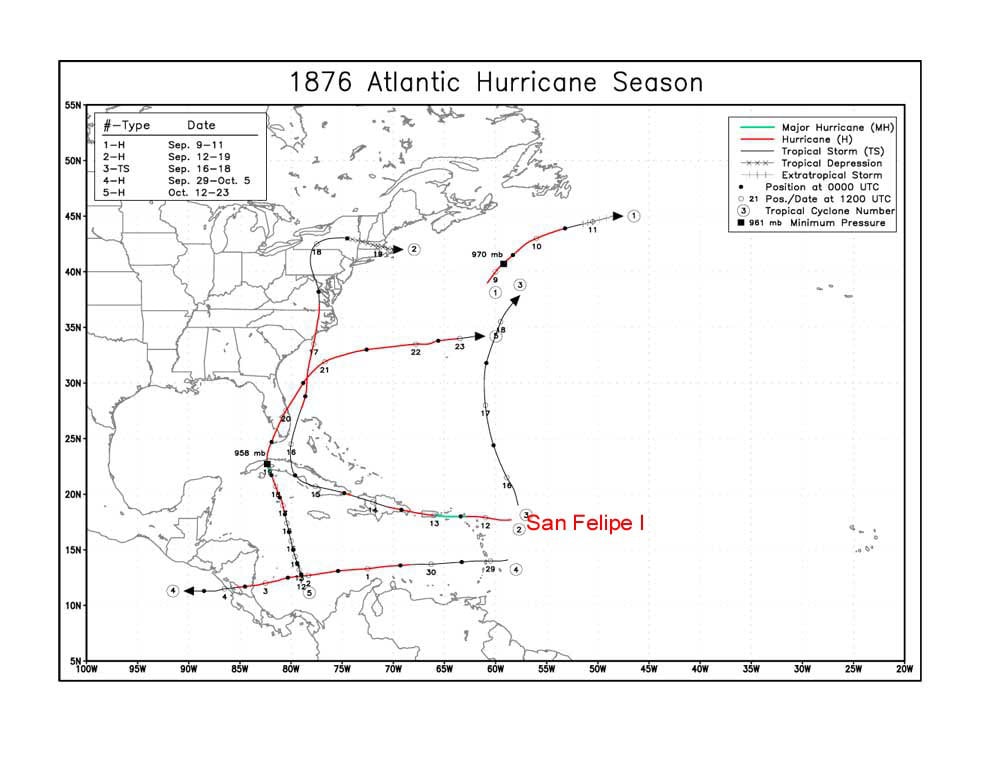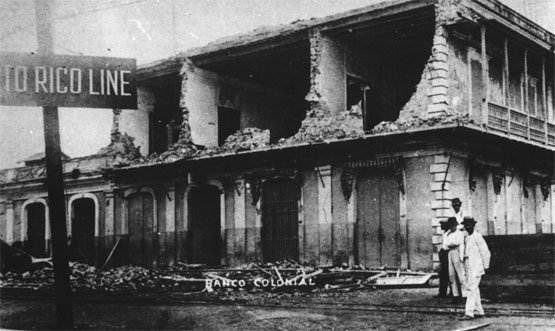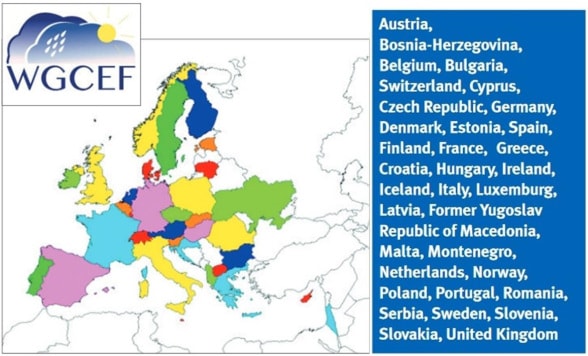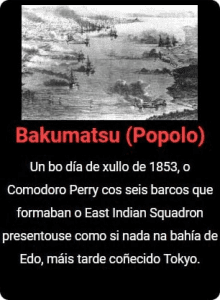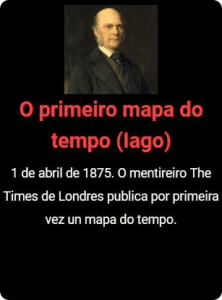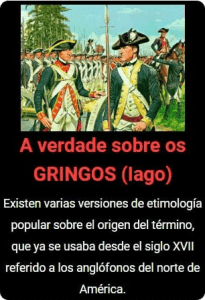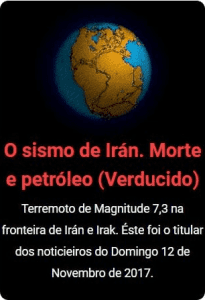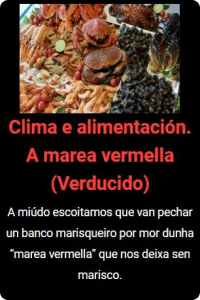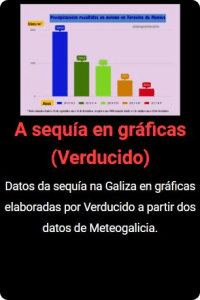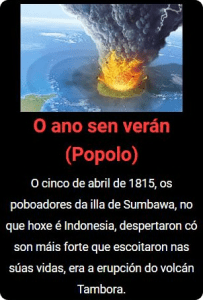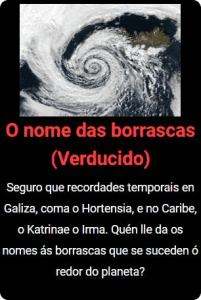
monografías
eltiempoentuojete
The name of the squalls
I’m sure many of you remember mythical storms in Galicia, such as Hortensia, Klaus or Wilma. In the Caribbean area, Katrina, Andrew or the last and destructive Irma.
Who gives the names to the squalls that happen around the planet?
Índice
Squalls. The past
For hundreds of years, hurricanes in the West Indies were named after the day of the saint in which they occurred.
Thus, the hurricane that crossed Puerto Rico on July 26, 1825 was called Santa Ana. In the same country they had two San Felipe, on September 13, 1876 and 1928 respectively.
Ivan R. Tannehill, meteorologist and writer says that it was Clement Wragge, an English meteorologist stationed in Australia, who began to call storms by the name of woman, as sailors did. In 1953 also USA began to nominate the squalls with feminine names. It was in 1978 (in the Pacific Oc.) and 1979 (in the Atlantic Oc.) when mixed names were imposed, both male and female.
The present
Today, the names of the squalls that affect Europe are given by the Meteorological Department of the Free University of Berlin. Since 1954 it names every atmospheric disturbance, high and low surface pressures.
These names are assumed by the media and even by meteorological agencies, even without having official character.
The best thing is that anyone can sponsor or participate in the assignment of the names. You can go for free, looking for a free letter or even make an “adoption at risk” since the exact number of events is not known. The other option is to bid on an eBay auction.
After achieving it and fulfilling a series of rules, you will be sent a certificate with maps, life history … High pressures (between 50 and 60 per year) are priced at 299 € and low (approx. 150 per year) around 199 €. The money goes to meteorological research projects.
The future
The WGCEF (Working Group for the Cooperation of European Forecasters), formed in 1995 are studying the establishment of a common system to nominate the storms with impact in Europe.
Since 2013 they are working on a project to unify the existing schemes in coordination with the Free University of Berlin (the current nominees) and building local groupings to cover the whole of Europe. The work includes the approval of the WMO (World Meteorological Organization) and a status comparable to that of tropical storms. The final objective is to integrate it into EMMA (Meteoalarm), the European meteorological service, by 2019.
Sources:

